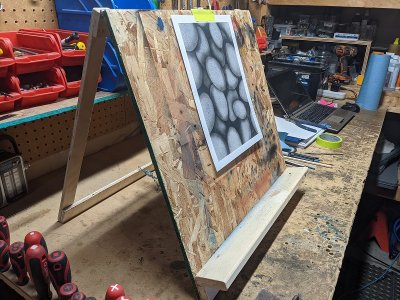Muzzz
Double Actioner
Hi there, thanks for approving me...I'm new to airbrushing and to the forum, from the snowy foothills in western Canada.
I've got a Badger Patriot 105 which I'm currently running off of my Makita 2.5hp workshop compressor in my garage. It's a little chilly and the compressor is a bit loud but I'm having fun goofing around anyways. Most of my airbrushing in the last few weeks has been at around 10-15C so it's been a challenge to get the paint consistency right.
Looks like a lot of info here, I love learning so please bear with me when I come with dumb questions!
cheers
Murray
I've got a Badger Patriot 105 which I'm currently running off of my Makita 2.5hp workshop compressor in my garage. It's a little chilly and the compressor is a bit loud but I'm having fun goofing around anyways. Most of my airbrushing in the last few weeks has been at around 10-15C so it's been a challenge to get the paint consistency right.
Looks like a lot of info here, I love learning so please bear with me when I come with dumb questions!
cheers
Murray

